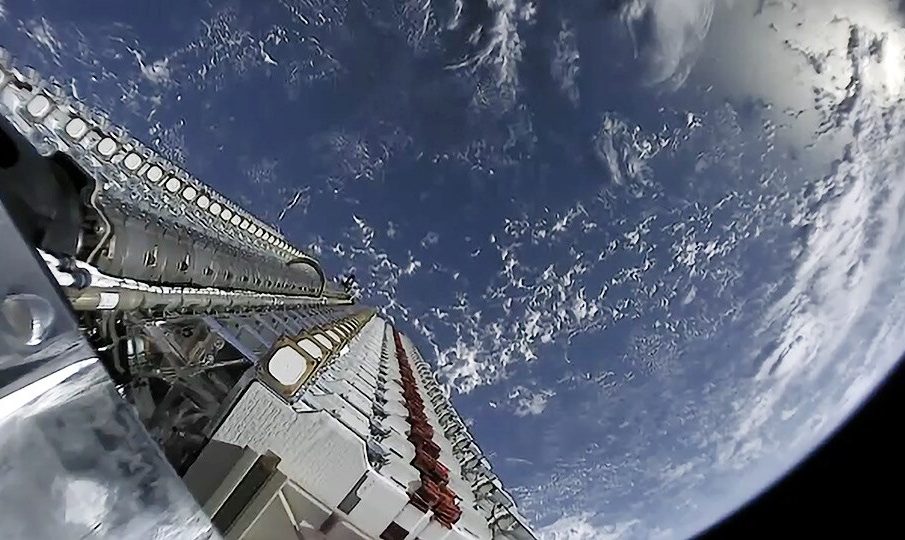Starlink Canada: Connecting Rural Areas to High-Speed Internet

Introduction
In recent years, the demand for reliable internet access has skyrocketed, particularly in rural and remote areas of Canada. High-speed internet is no longer a luxury but a necessity for education, business, and communication. Starlink, a satellite internet constellation developed by SpaceX, is stepping in to address this challenge, offering innovative solutions to enhance connectivity across the nation.
What is Starlink?
Starlink is a satellite internet service that aims to provide high-speed internet across the globe, particularly in areas where traditional ground-based internet infrastructure is lacking. Launched by Elon Musk’s SpaceX in 2019, the service utilizes a constellation of low Earth orbit (LEO) satellites, which communicate with ground stations and user terminals. Starlink’s unique approach offers low latency and broadband-level speeds, making it a game-changer for users in remote locations.
Recent Developments in Canada
As of October 2023, Starlink has significantly expanded its coverage in Canada, with over 200,000 active subscribers accessing its services. This expansion is particularly impactful in rural provinces such as Saskatchewan, Newfoundland and Labrador, and Quebec, where internet options have historically been limited to slow DSL or unreliable fixed wireless services. Residents in these regions have reported substantial improvements in their connectivity, enabling them to work, study, and enjoy online entertainment with ease.
In August 2023, the Canadian Radio-television and Telecommunications Commission (CRTC) recognized Starlink as a licensed telecommunications service provider, marking a significant step towards integrating satellite internet into Canada’s telecommunications framework. This status allows Starlink to operate legally, expanding its ability to serve more Canadians.
Benefits of Starlink
The primary advantage of Starlink is its ability to provide high-speed internet connectivity to underserved areas. With download speeds ranging from 50 Mbps to 150 Mbps and latency between 20 to 40 milliseconds, it competes well with urban internet services. Starlink’s installation process is user-friendly and requires minimal technical knowledge, making it accessible for many households.
Challenges and Future Prospects
Despite its advantages, Starlink faces challenges, including the high cost of equipment (approximately $599 for the dish and router) and a monthly service fee of about $129. These costs can be prohibitive for some low-income families. Additionally, concerns have been raised regarding space debris due to the number of satellites in orbit, prompting discussions on the importance of responsible satellite deployment.
Conclusion
Starlink is poised to make a significant impact on Canada’s digital landscape, particularly in rural and isolated communities. As more Canadians gain access to reliable high-speed internet, the implications for education, economic growth, and overall quality of life can be monumental. Continued investment and attention to the associated challenges will be important as Starlink expands its reach and solidifies its place in the Canadian telecommunications sector.









